Myth Busting: How Effective Are Air-Purifying Plants?
‘I was asked during a phone consult recently if it is OK to have lots of air-purifying plants in the home.
It’s a pretty common belief that indoor plants, especially those that actually claim to be ‘air cleaning’ on the labels, are an effective way of removing VOCs and toxicants from the air in your home.
Better air quality means fewer triggers for allergies and health conditions.
Unfortunately, I’m here to tell you that, contrary to popular belief, dotting a few ‘air purifying plants’ around your home or office space won’t do a thing for improving your air quality.
So where did this healthy home myth come from and just how inaccurate is it?
Let me explain.
The air-purifying plants NASA study
Like many of us, you may have read about the NASA Clean Air Study (published back in 1989) that says if you pot Peace Lillies and a few others around your home and office you will breathe easy.
Not so.
You see this NASA experiment was done in a sealed experimental chamber, to represent a spacecraft. Now I don’t know about you but my home is nothing like a spacecraft.
I leave my windows and doors open daily to allow in natural light and to ventilate the air naturally. And even on a cold winter’s day with all doors closed it’s still draughty as hell, not to mention kids and animals running in and outdoors!
Of course, newer, energy-efficient homes are more representative of the sealed plastic bag scenario where draughts are redundant and natural ventilation is uncommon. But we’re still not out of the woods.
You see even the most fanatical ‘Marie Kondos’ amongst us still need ‘stuff’ in our homes. Stuff you don’t find in an airtight spacecraft.
If you have children well the amount of stuff just multiplies.
Pin this post for later!
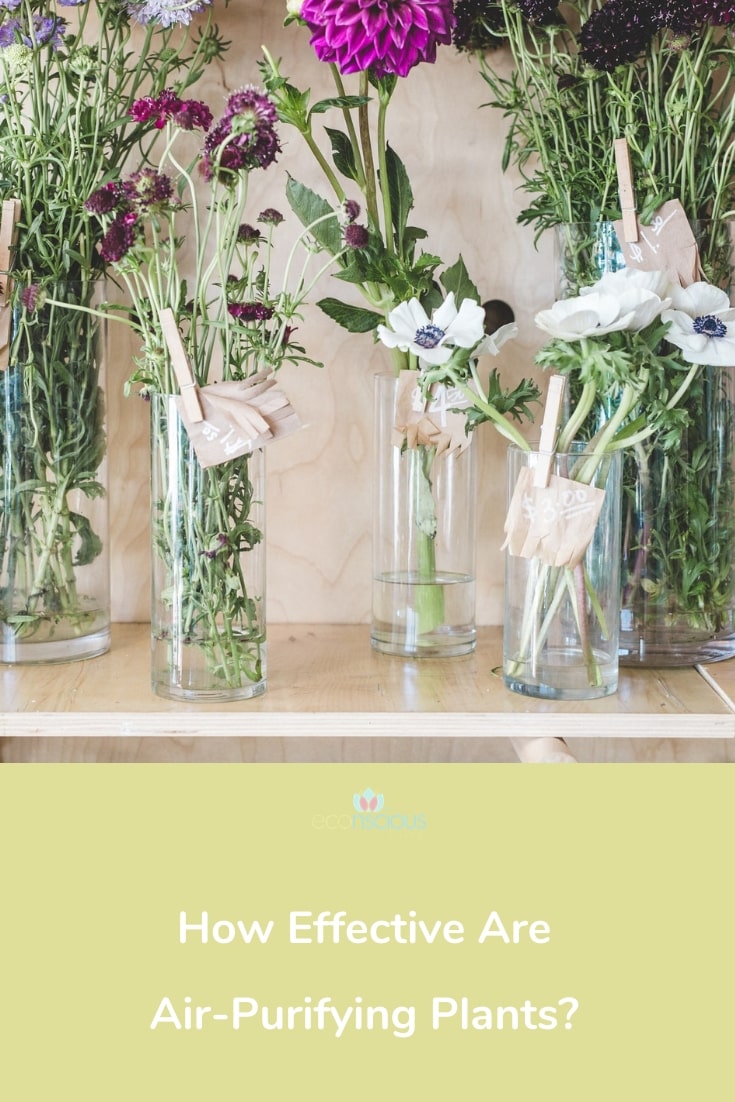
All this paraphernalia gathers dust which can be composed of anything; furniture, bedding, carpets, cupboards, cleaning products, personal care products, clothes, smelly pencil cases – they all off-gas toxicants (e.g. pesticides, heavy metals) into the air which inevitably find their way into household dust.
Furthermore, we continually bring toxicants into our home from outside on our shoes and pets.
Using a conventional vacuum cleaner to get rid of dust is somewhat a thankless task because they don’t capture the finer problematic particles that chemicals stick to. These migrate back up into the air, you breathe them in or they eventually find their way back to earth, that is, into your dust again.
The home environment as you can see is completely different from that of a laboratory or spacecraft.
Do air-purifying plants in the home work at all?
The surface area in our homes is way greater than any number of plants that can act as a sink for air pollutants.
More recent studies conducted by Professor Waring, associate professor of architectural and environmental engineering in Drexel’s College of Engineering, finds:
‘the natural or ventilation air exchange rates in indoor environments, like homes and offices, dilutes concentrations of volatile organic compounds — the air pollution that plants are allegedly cleaning — much faster than plants can extract them from the air.’
In other words, natural or some form of active ventilation is way more effective than plants when it comes to cleaning the air.
This research was recently published in Nature’s Journal of Exposure Science and Environmental Epidemiology and is based on the analysis of a dozen studies over thirty years and 196 experimental results.
These studies show that for plants to successfully clean the air in your home or office, you would need one to ten plants for every square foot of floor space to get those toxic VOCs out of the air.
That’s about 100-1000 plants per square meter!
Even those ever so trendy ‘Instagrammable’ indoor green spaces will struggle to meet this criterion.
To summarise, plant studies that have been shown to lead to an increase in the removal of pollutants such as VOCs have generally been conducted in a laboratory and not a real-life setting such as an office or home.
RELATED: Should You Invest In An Air Purifier For Dust?
Air-purifying plants versus an air purifier
My advice to improve your air quality and create a healthier home?
Open your windows and doors. Get rid of all those toxic cleaning, laundry and personal care products. Only buy furniture and upholstery made from natural materials or materials made with certified low VOC levels. Rethink carpets and curtains – think wooden floors and blinds. Use a vacuum cleaner that has a HEPA filter. You will find lots more actionable steps in my blog about air purifiers for dust. `
Of course, if you have just moved into a new home, or you are renovating or painting then natural ventilation is highly unlikely to be able to keep up with the rate of off-gassing of toxicants.
In these cases, I would invest in a great air purifier (not lots of plants).
Living close to a significant source of air pollution such as a busy road, golf course or manufacturing plant is also a great reason to invest in an air purifier.
Similarly, if you have asthma, allergies or an issue with mould an air purifier is also a must.
When buying an air purifier be sure to check it comes with a medical-grade HEPA filter and a decent activated carbon filter to remove both particulates in the air and VOCs and odour. You’ll find more about finding a good air purifier in this post.
So, do air-purifying plants actually work?
In a standard home or office, no.
The quantity of plants you would need to truly remove VOCs from the air is just too high and impractical to improve the air quality!
Whilst you are finding your way through your indoor jungle you could just open a couple of windows or actively ventilate your home or office to achieve the desired effect.
Buy plants because you love them.
Don’t go overboard because plants can create another serious issue – mould which makes many of us very sick.
Next time you’re out shopping for plants in your local nursery and you spot an ‘air-purifying plant’ have a chat with the shop assistant and tell them the science says it just ain’t so.
You can understand more about the air quality in your home and how it could be affecting your health here.
Related Posts
Should You Invest in an Air Purifier For Dust in Your Home?
Dust in our homes can be a nuisance. Anyone who suffers from allergies, asthma, sinusitis or respiratory conditions will know that dust can trigger inflammation in the body and any number of symptoms.
The 6 Pillars of a Natural Home That’s Truly Healthy
When it comes to creating a natural home for your family, there are a lot of factors to consider and some are more obvious to us than others. Here are the 6
Living Near Power Lines: What Are The Health Impacts?
Living near power lines has been linked to serious health effects – particularly in children. Here’s the science and how to take action to avoid.



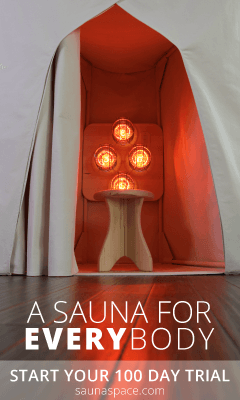
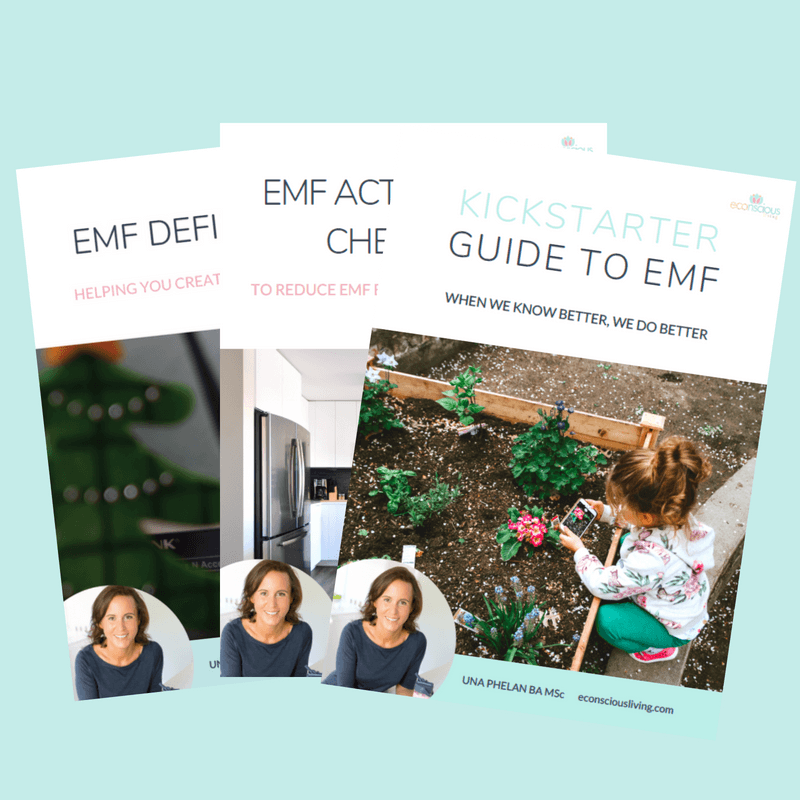

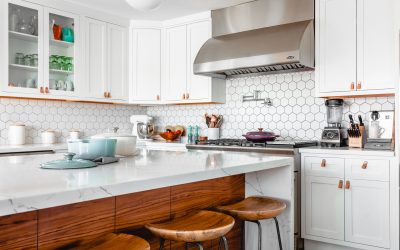
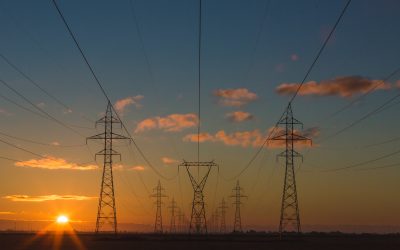
What about air purifiers and ecological harm that comes with all these gadgets? Are t plants better in that comparison?
No, plants are not better than air purifiers for filtering the air. Air purifiers should be kept a couple of meters from your sleeping area so that the AC magnetic fields reduce back to the background.